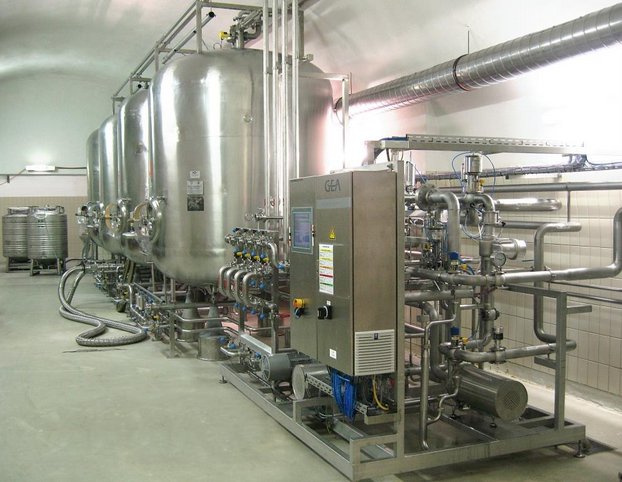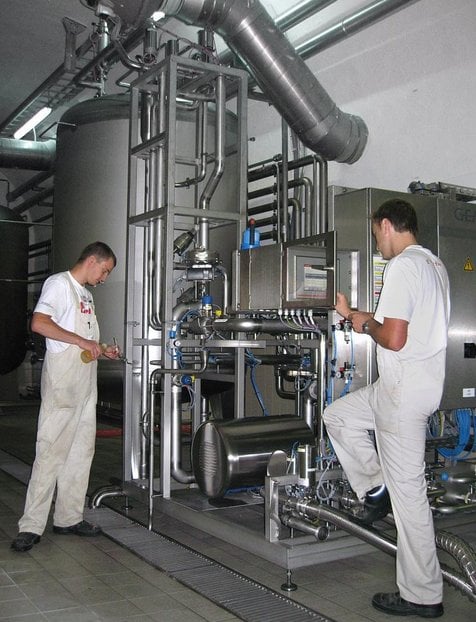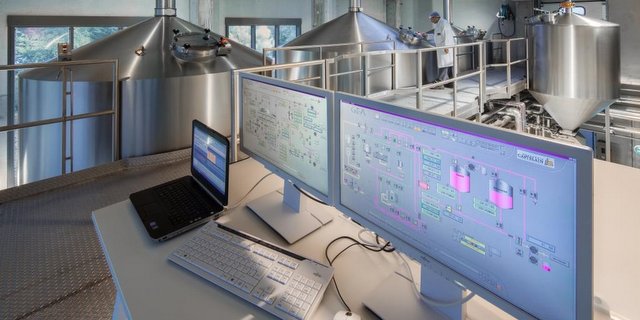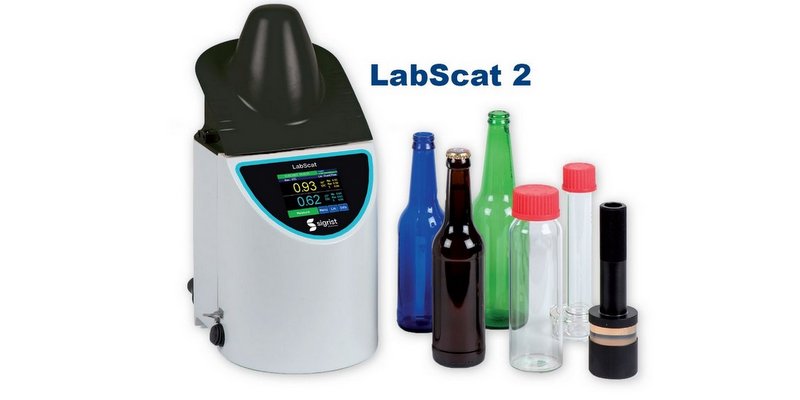
EDITOR’s NOTE: The craft beer revolution rose out of the United States, but its influential waves are being felt around the world. The beer industry is increasingly a global marketplace, indicative of the beer mergers, roll-ups and acquisitions of heavyweights like Anheuser-Busch InBev and SABMiller. Those giants operate product strategies in markets as diverse as Cleveland and Calcutta, but craft beer makers are also increasingly growing their global footprint as well.
At the Craft Brewers Conference in March, it seemed that an increasing amount of international exhibitors catered to the American craft marketplace — from famous German brewhouse and vessel manufacturers like GEA Brewing Systems to global hops producers like Alpine Hops, which represents farmers in Slovenia (Slovenia is actually Europe’s third-largest hops producer and sixth in the world). The Brewers Association, the not-for-profit trade group representing small and independent craft brewers, reported in March that the American craft beer industry set a new record for exports in 2012. Based on results from a recently completed industry survey, craft beer export volume increased by an astounding 72 percent compared to 2011, with a value estimated at $49.1 million.
We see these international craft markets growing and merging even further, and we’ll occasionally bring you news showcasing that fact in our World of Beer Craft column. We mentioned GEA Brewing Systems, which is a global leader in practically every type of brewery system. Recently, the company’s brewing division has been helping Stieglbrauerei install its new blending systems. Clever craft brewers can glean nuggets of the nuts-and-bolts systems knowledge from the excellent story:
Stieglbrauerei in Salzburg is Austria’s largest and leading private brewery. Its Stiegl is the strongest beer brand in Austria. The brewery’s mixed beverages in its product range is steadily increasing too. These beverages include the Stiegl Radler (a mixture of beer and lemonade) in flavors such as raspberry, lemon and unfiltered grapefruit as well as the elderberry wheat beer mix called the Stiegl-Weisse Holunder-Radler.
That’s a lot of blending, so the independent, family-owned brewery decided to combine its love for the art of brewing and the experience of over 500 years of brewing tradition with the advantages of the newest technologies. Stieglbrauerei was looking for a technology for the flexible and efficient production of high-quality beer mixed beverages, and one that should replace the existing batch production process with a low level of automation.
The decisive factor for Stieglbrauerei entrusting GEA Brewing Systems with this project was its customized plant concept design: complete automation of the core processes dosing and blending; optimum adaptation to the space available in the brewery; and minimization of product losses. GEA designed the blending system for a nominal capacity of 300 hl/h. It produces finished carbonated beverages by direct inline dosing and blending of the beverage components — beer; deaerated, cooled brewing water supplied from a central holding tank; beverage base supplied from four stationary storage tanks or from flexible intermediate bulk containers; and carbon dioxide into the finished beverage pipe according to the recipes stored in the process control system.

The use of precision flow meters — mass flow meters are used in the dosing lines for beverage base and carbon dioxide — and special digital flow controllers ensures a very high degree of blending accuracy. A subsequent 50-hl buffer tank hydraulically separates the blending system from the filling lines. During the production process, the control system automatically and continuously adjusts the blending system capacity to the withdrawal capacity of the filling line down to 50 percent of the nominal capacity. Thus, the number of system shutdowns is minimized and a consistently high blending accuracy is achieved.
During production, already at the inlet of the buffer tank, precise analytical devices, especially designed for measurements in beer mixed beverages, continuously record the quality parameters: original gravity in °Plato; alcohol content in vol percent; CO2 content in g/l; and transfer the information via a data bus system to the process control system. At the same time, the control system compares the measured actual values with the allowed limit values in the recipes. This ensures that only product with perfect quality is transferred into the buffer tank and to the subsequent filling lines — even during start-up and shutdown of the blending system.
The measured quality parameters as well as all consumption and production quantities are transferred to the brewery’s management information system via a data bus system. After pre-selection of the desired quantity of finished beverage to be produced and after connection of the respective beverage base source — storage tank or flexible intermediate bulk container — the blending system is started automatically, producing the pre-selected quantity and automatically shutting down again when this quantity is reached.
During shutdown of the blending system, the dosing lines for beer and beverage base are pushed out with deaerated water, so that product losses are minimized. For this purpose, the beverage base line is installed along the stationary storage tanks and the location for the flexible intermediate bulk containers with a gradient to the dosing pump at the blending system.
The blending system and the buffer tank fit harmoniously into the brewery. A compact design was particularly important for the customized system, so that the two functional units that were already completely pre-mounted in our workshop in Kitzingen require as little floor space as possible.
“The blending system of GEA Brewery Systems for our Stiegl-Radler meets all requirements to our full satisfaction,” concluded Brewmaster Christian Poepperl. “We especially have to point out the precise mixing. From the first day on, the very tight limit values were met and we had a trouble-free production process. This is especially important for us since we go directly to the filler and even the smallest failure in the mixing process would have serious consequences. With this method we can save pressure tank capacities, which is especially important for our further development with a wide product range.”





RT @CraftBrewingBiz: The World of Beer Craft: GEA installs blending system for Austria’s largest private brewery. http://t.co/VQq6gMPLJb